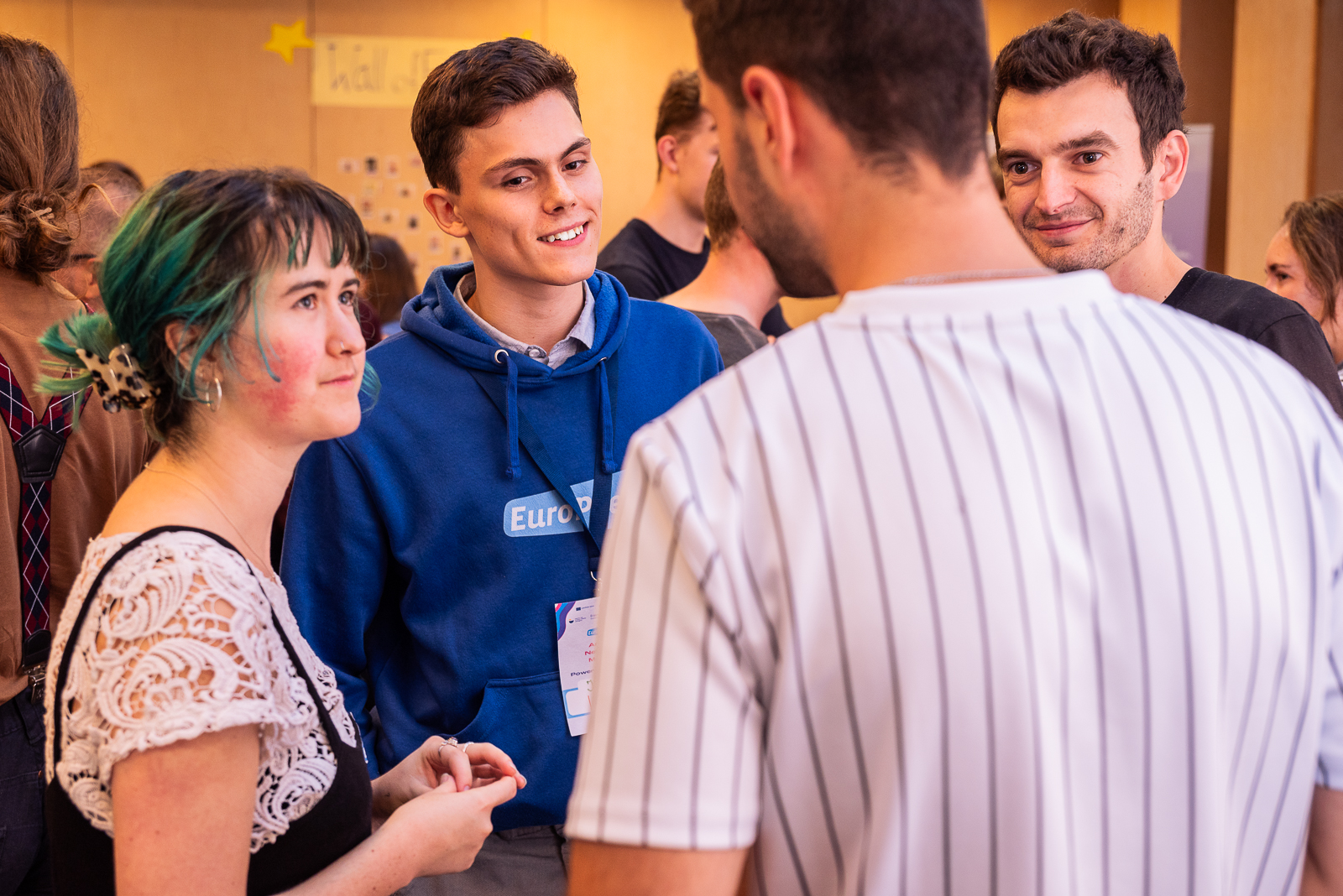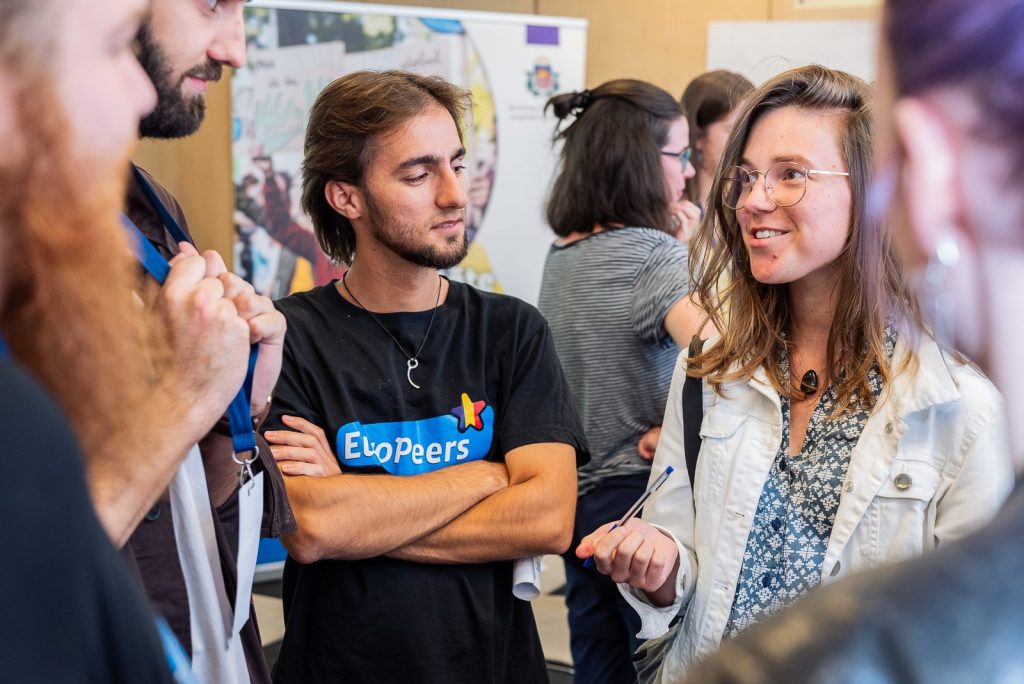13.11.2023
The Privilege Walk: an exercise about power and privilege

During the Annual Network Meeting (ANM) the working group Inclusion of this year’s Advisory Group facilitated a Privilege Walk. In this article we will explain what a Privilege Walk is, what the main takeaways of our Privilege Walk were, and we will give you the resources to facilitate a Privilege Walk yourself.
What is a Privilege Walk?
A Privilege Walk, also known as a Power Walk, is an activity that is used to raise awareness about power and privileges and to discuss how they influence our everyday life. In addition, it teaches people about the intersectionality of demographic variables that shape individuals, such as race, gender, and socioeconomic class.
We want to highlight that the goal of the Privilege Walk is not to blame the individuals who have more power or privileges, but rather to identify obstacles and possible solutions for power imbalances in everyday life.
What did we learn while doing the Privilege Walk during the ANM?
The Privilege Walk turned out to be a great conversation starter when we did it at the ANM. Some of the key learnings were:
- You’re not always aware of your own privilege, let alone of those of the people around you. We identified the need to talk about our privileges in the form of open and curious communication. We should not make assumptions about someone’s privileges, but rather ask them about it.
- EuroPeers generally are quite privileged: We have the time and financial resources to participate in Erasmus+ and ESC projects and there’s a lot of funding opportunities we can use to develop ourselves. But even within the EuroPeers, there’s differences in the number of privileges that every individual has.
- One way of using your privileges to help other people, is to see if you can share your privileges or resources with them. You could for example pay for someone’s drink if you know they struggle with money.
- But of course, there are different ways to provide support and to raise awareness regarding privileges. Think about your own way to help and contribute! Everyone can make a difference with the resources that are at their reach.

In addition, these are some take-aways that the facilitators wanted to remind the ANM participants of:
- Diversity is not always seen. When thinking about diversity, it’s common to first think about visible factors that make people different from each other, such as skin colour. However, many factors are not as easily visible to the human eye. For example, what would a person struggling with their mental health look like?
- It’s important to keep the idea of intersectionality in mind. Intersectionality means that characteristics of individuals, such as race, class and gender, are interconnected and create interdependent systems of discrimination or disadvantage. For example, a black woman’s experience will be different from a white women’s experience, even if they’re both women.
- Communication is key in knowing how a person feels and making privileges visible. Don’t assume anything about people’s identity and be curious instead of prejudiced.
How can you do a Privilege Walk yourself?
Instructions on how to facilitate a Privilege Walk can be found here. If you have any questions about the Privilege Walk, find Esther Schelvis in the ‘Find EuroPeers’ section and send her a message.
